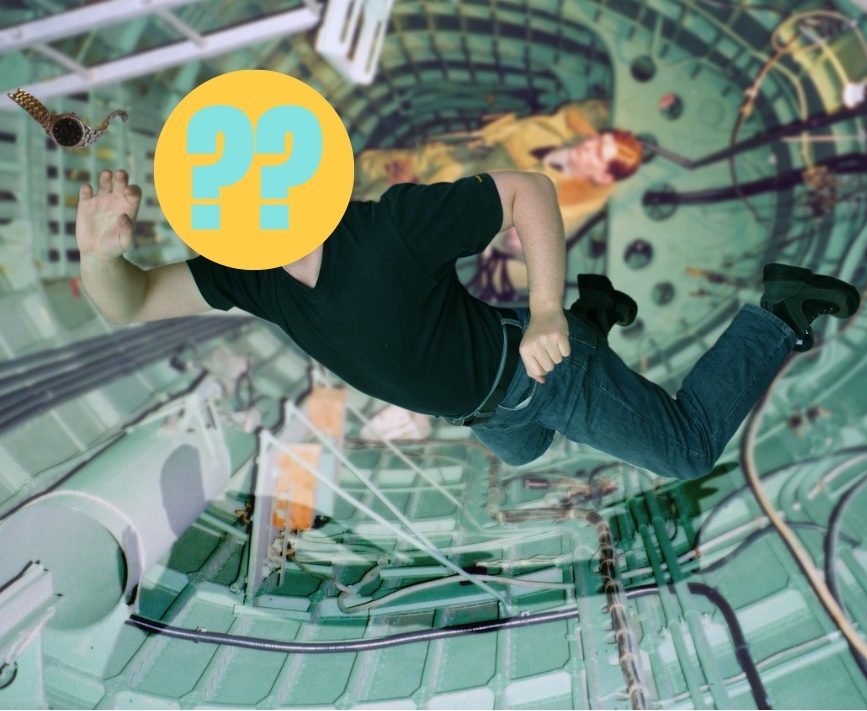SpaceX revealed on Thursday that it has selected its first private passenger to fly around the moon. The company, founded by Elon Musk, announced on Twitter that it was “an important step toward enabling access for everyday people who dream of travelling to space.”
The public will find out who is taking the trip on Sept. 17. Musk hinted at the passenger’s identity by commenting on the tweet with an emoji of the Japanese flag. This spurred hundreds of users to guess who may be the first private citizen to make the trip, including Japanese businessmen Takemitsu Takizaki and Daisuke Enomoto.
Enomoto, 47, has a keen interest in space. Back in 2006, he trained in Moscow to become a space tourist and visit the International Space Station. He was unable to make the journey due to chronic kidney stones. Iranian-American engineer Anousheh Ansari went in his place. The trip was notable because she was the first self-funded woman to travel to the ISS, reports Newsweek.
Dennis Tito made history by being the first space tourist. The American engineer visited the space station in 2001. He was followed by South African entrepreneur Mark Shuttleworth, who travelled to space in 2002. Canadian businessman and poker player Guy Laliberté travelled to space in 2009.
SpaceX isn’t the only company working on projects to get people into space. Jeff Bezos of Amazon, Richard Branson of Virgin Galactic, and Russian firm KosmoKurs are all offering unique space travel experiences.
KosmoKurs wants to send passengers 124 miles above Earth by 2020. They plan on charging space tourists between $200,000 and $250,000. Virgin Galactic has yet to set a launch date for its space vessel but has sold about 650 tickets and will charge about $250,000 per ticket. Customers who want to hitch a ride with Jeff Bezos’ rocket company are expected to pay between $200,000 and $300,000.
Those with a bit more money may be interested in a plan by Russia’s space agency, the Roscosmos State Corporation. It’s investing in a new luxury hotel on ISS. Those wishing to visit the satellite can expect to pay between $40 million and $60 million per trip, which can last for up to a month.
Engineers at Blue Origin, SpaceX and Virgin Galactic are trying to keep costs down by using spacecraft with reusable parts. If you’re interested in flying into space with Blue Origin, don’t expect to be a passenger on its first flight. Insiders told Reuters that employees will most likely be selected for the trip.


